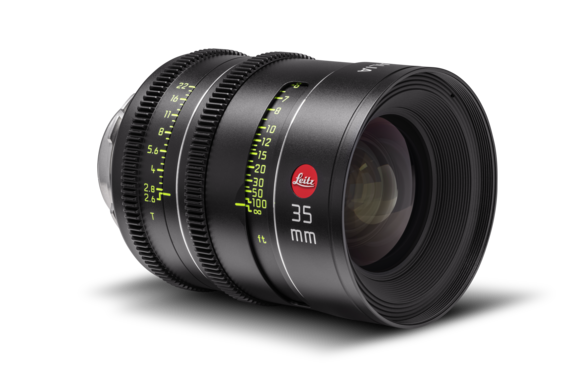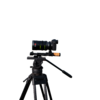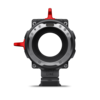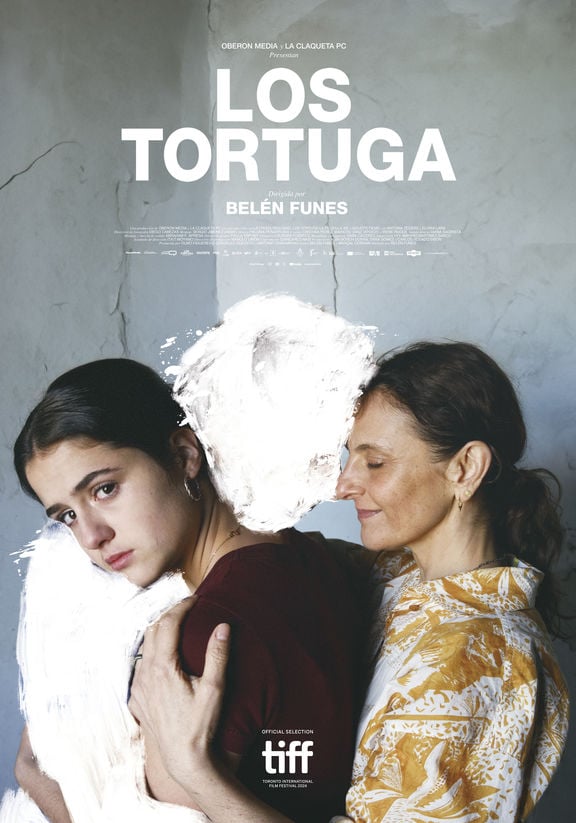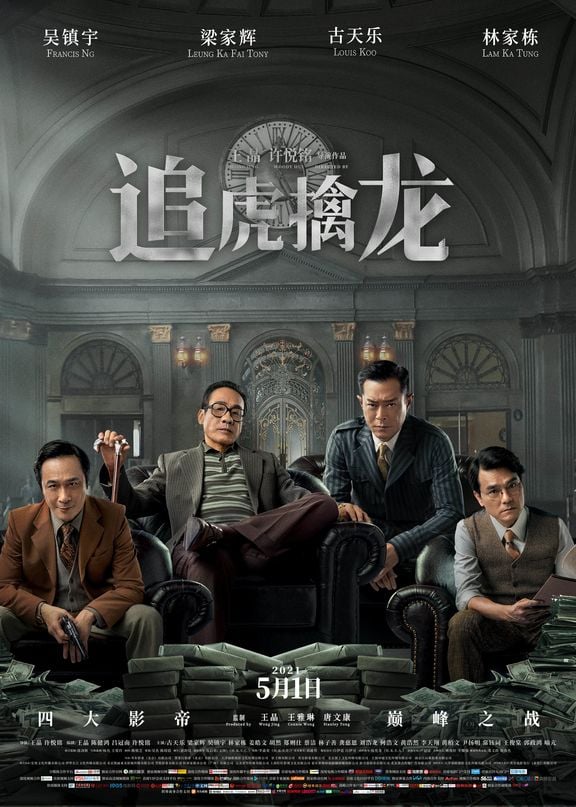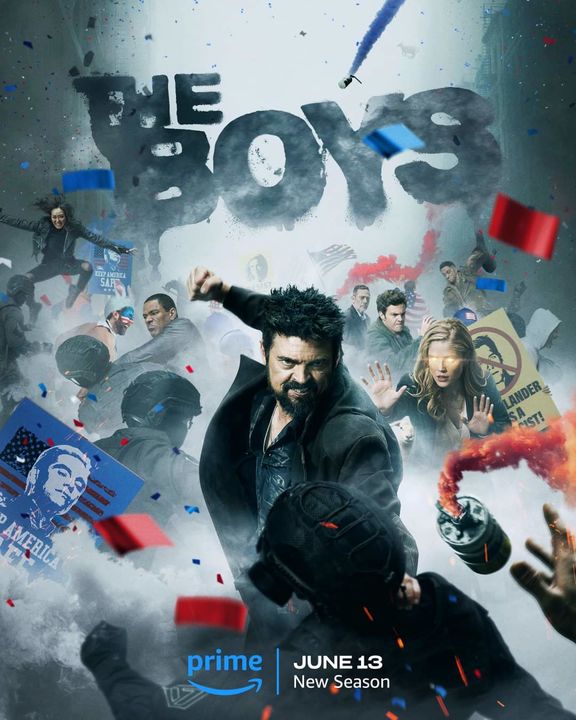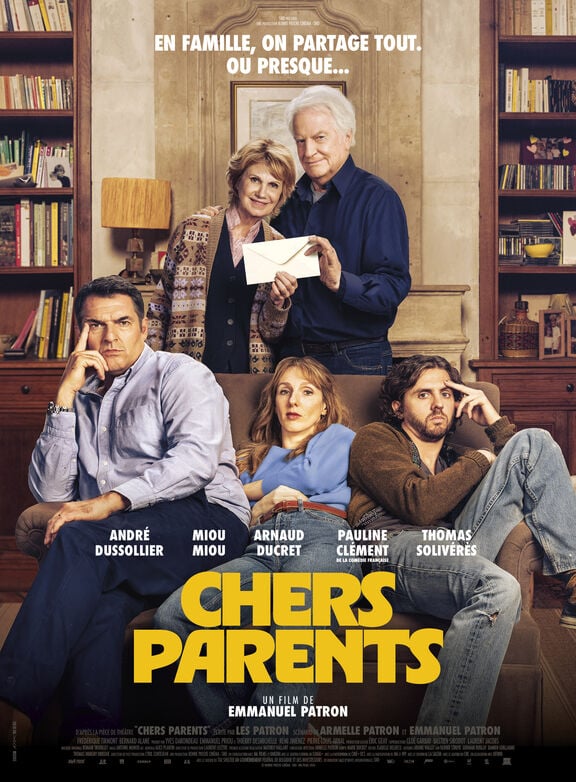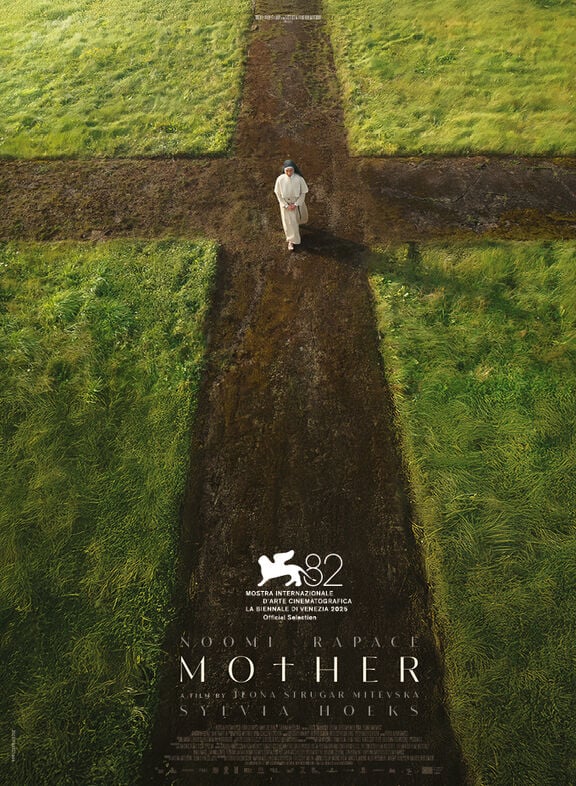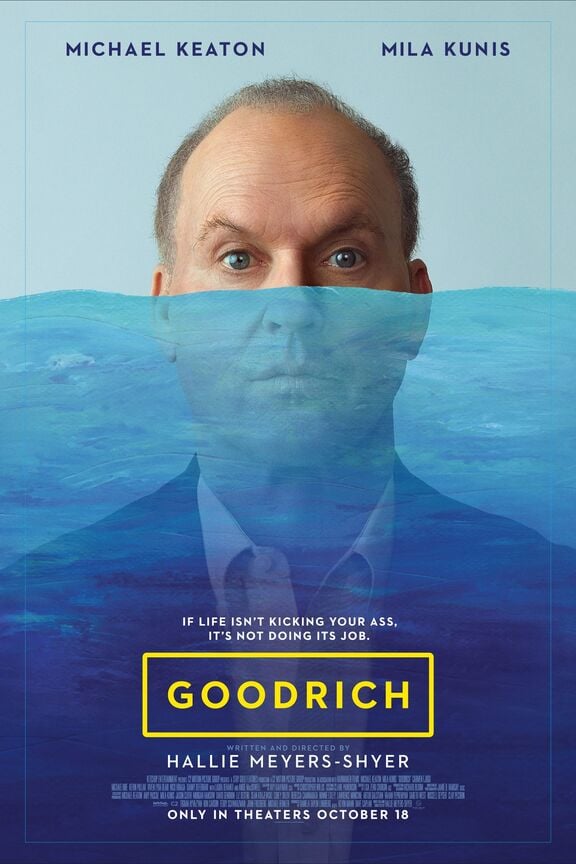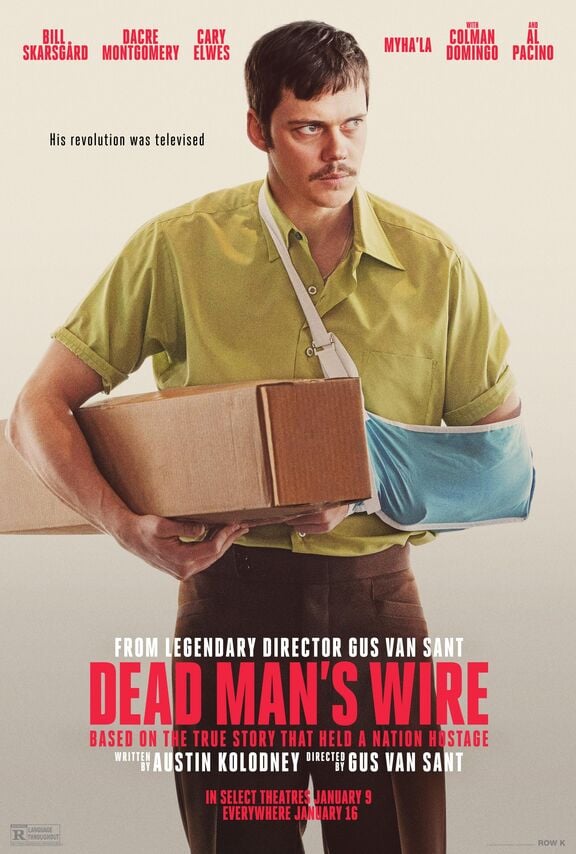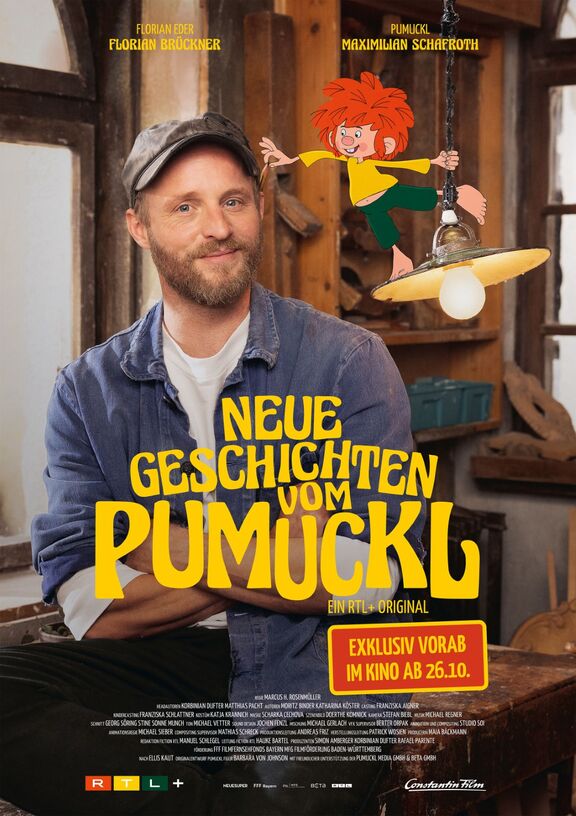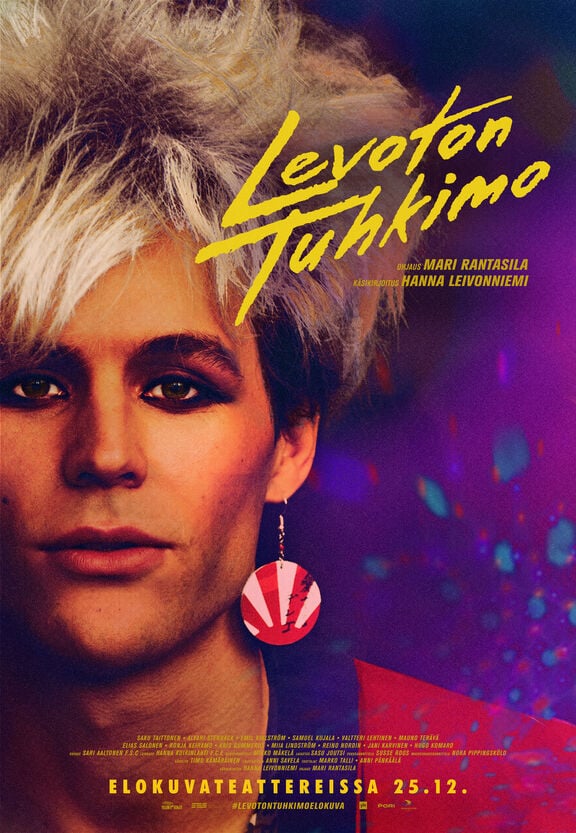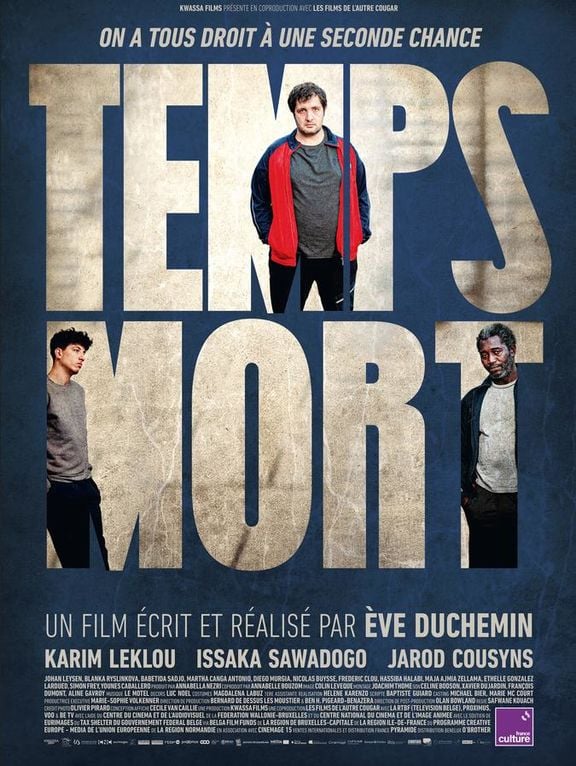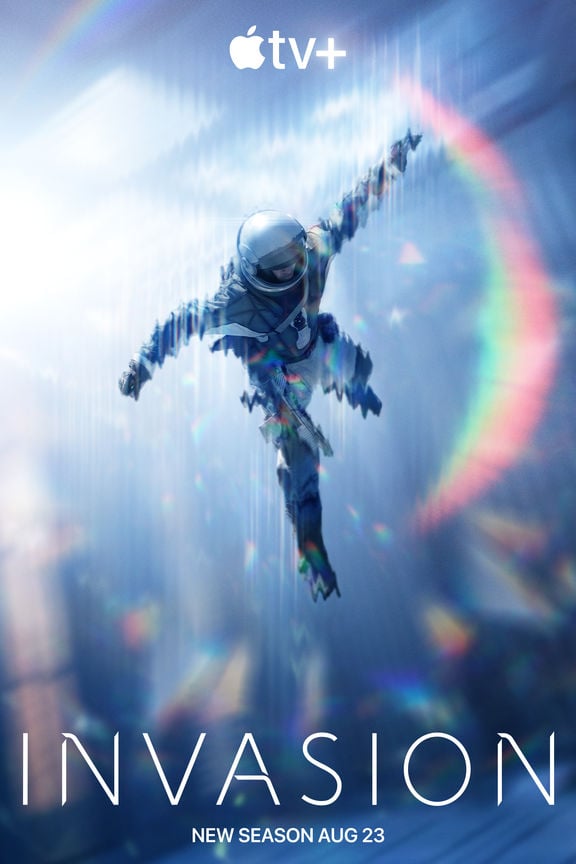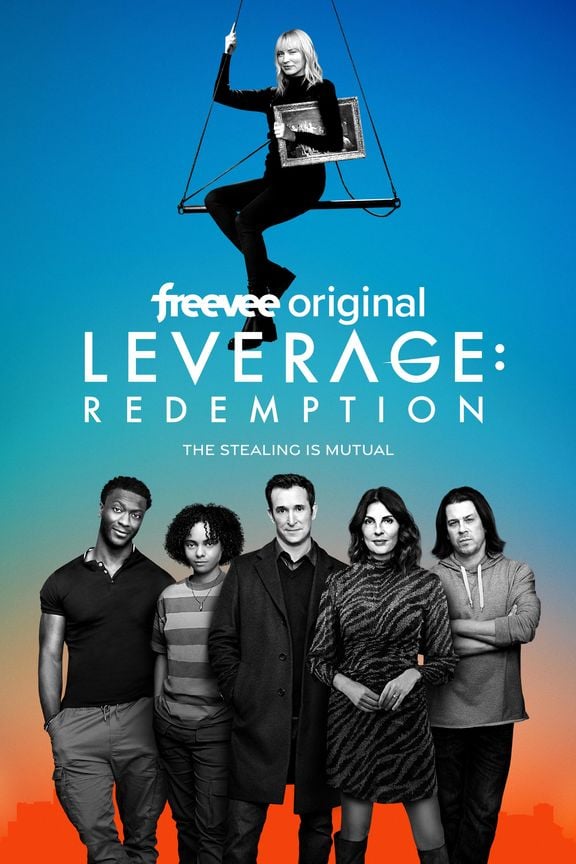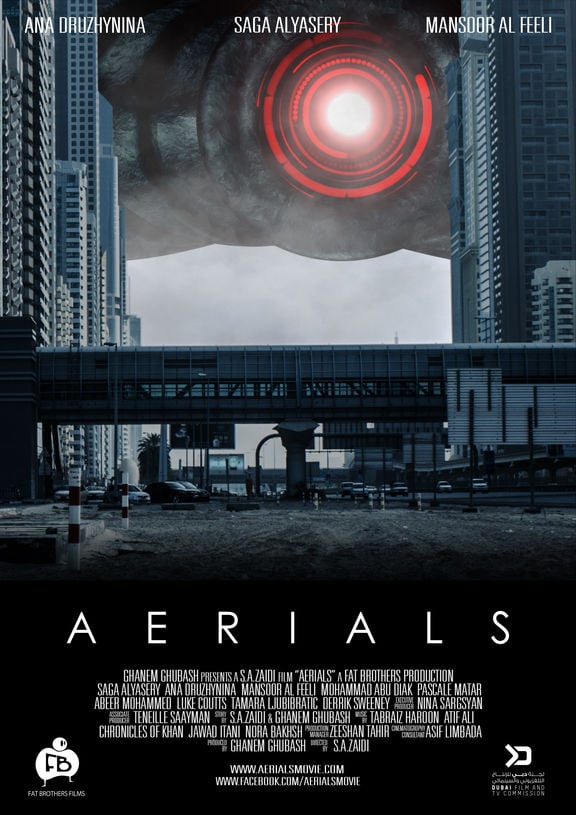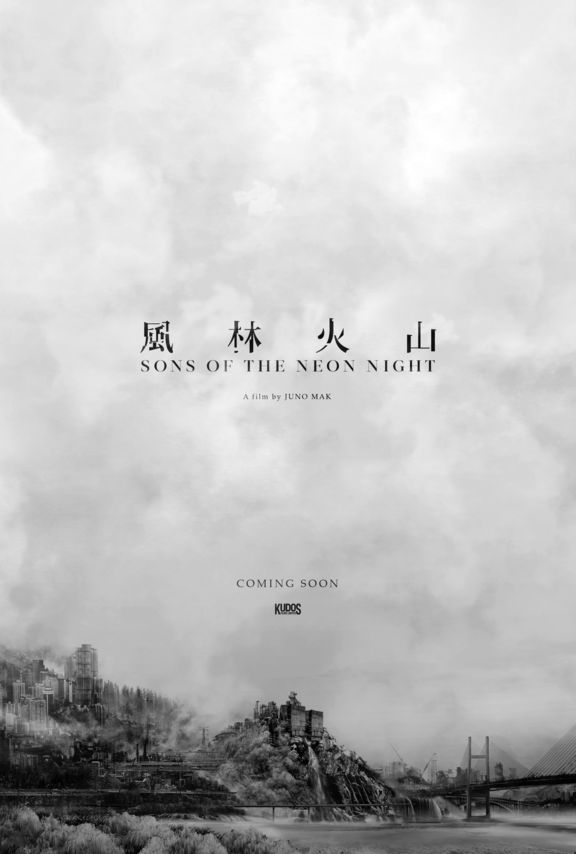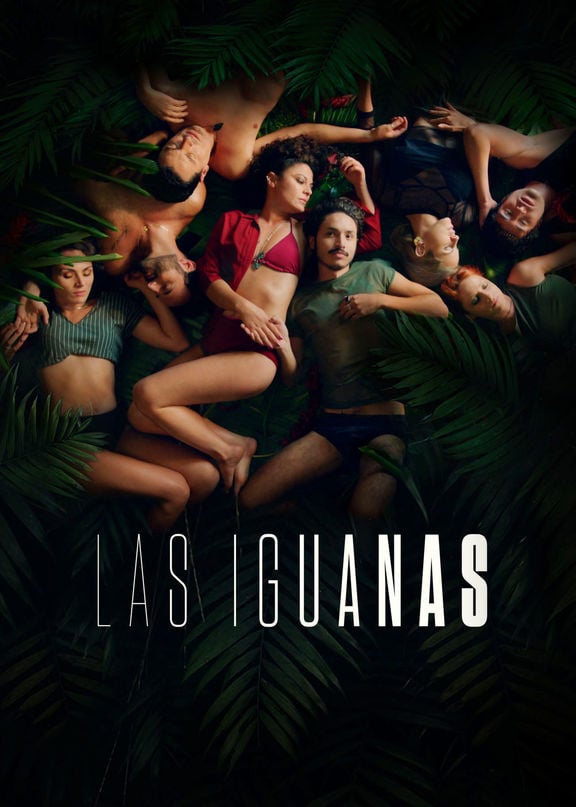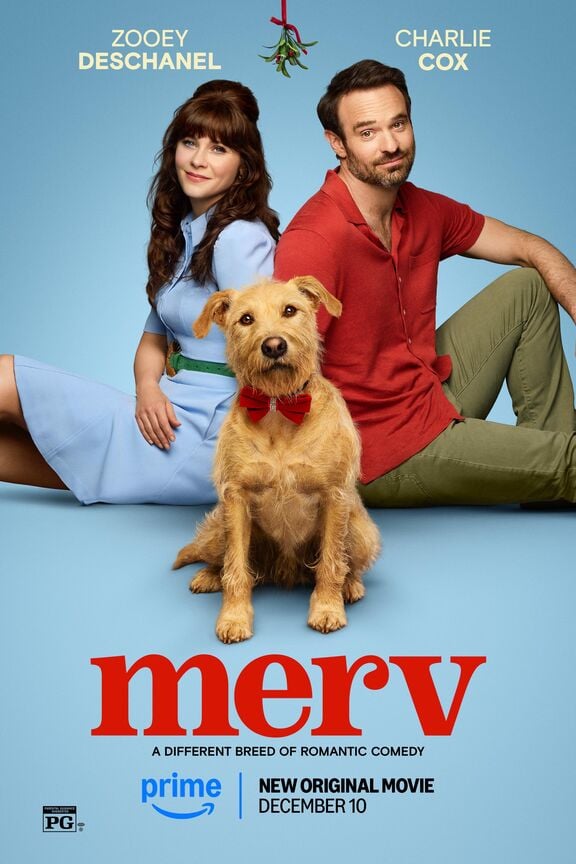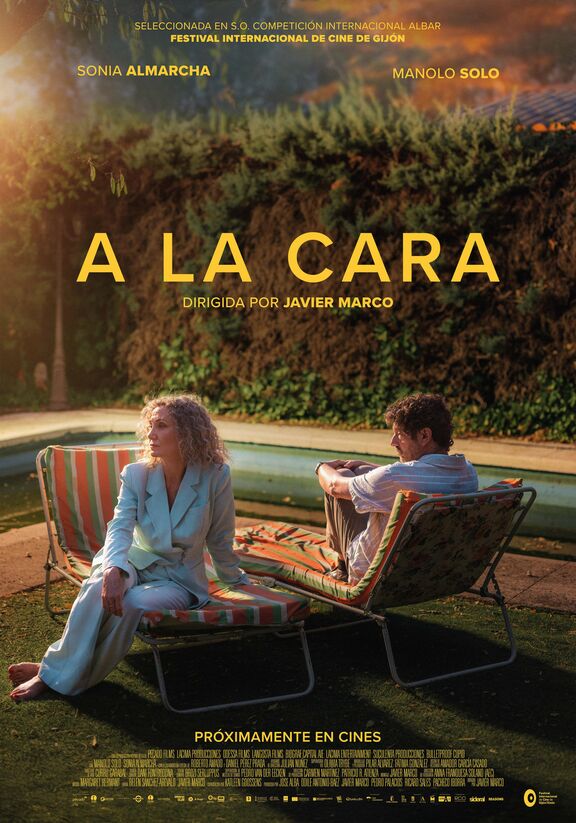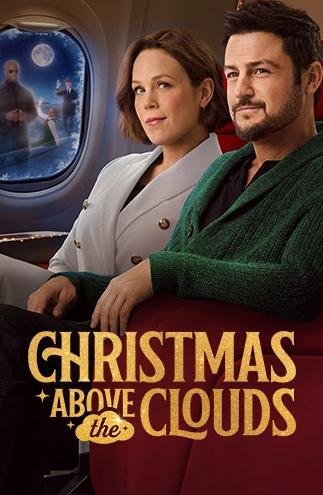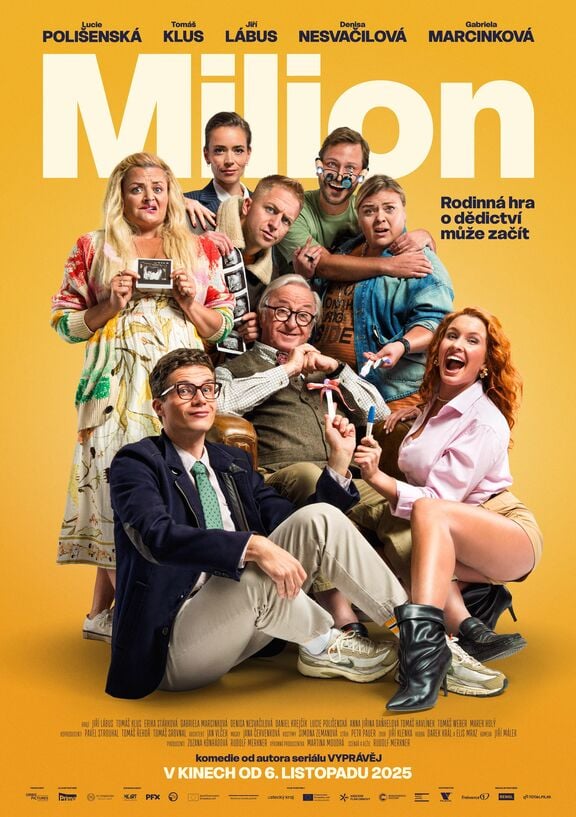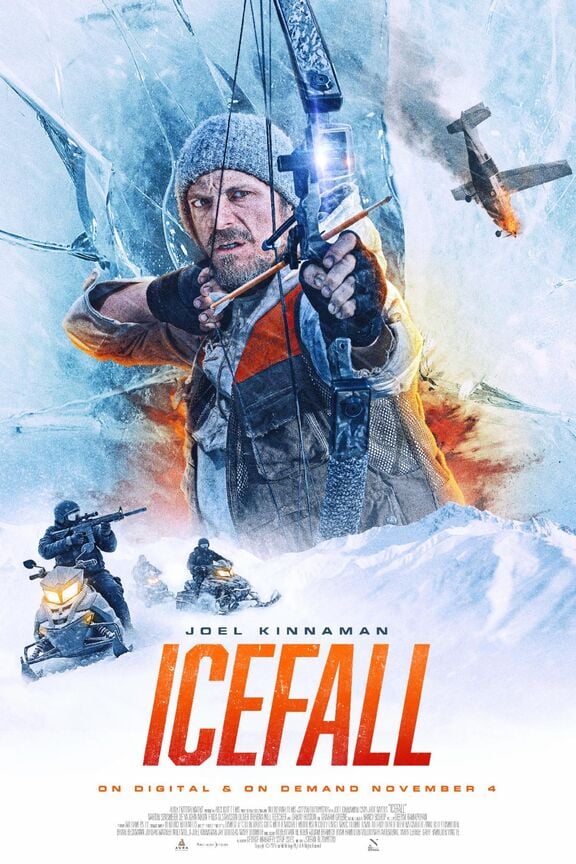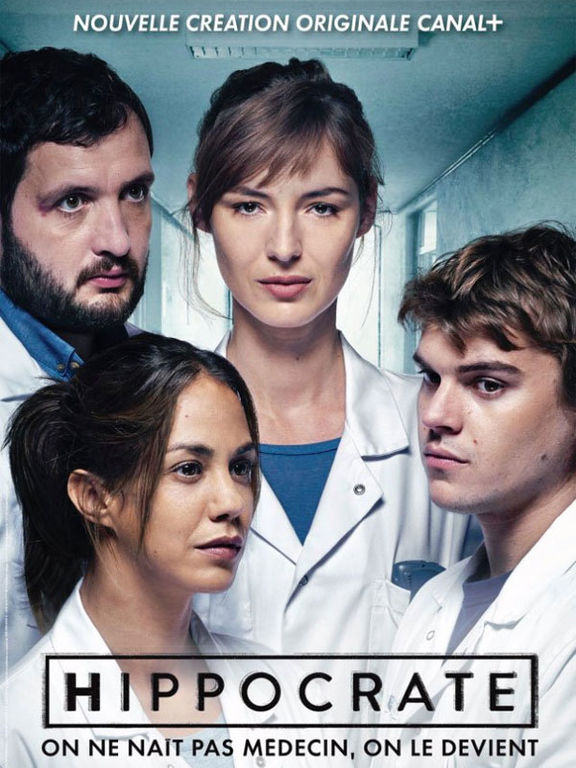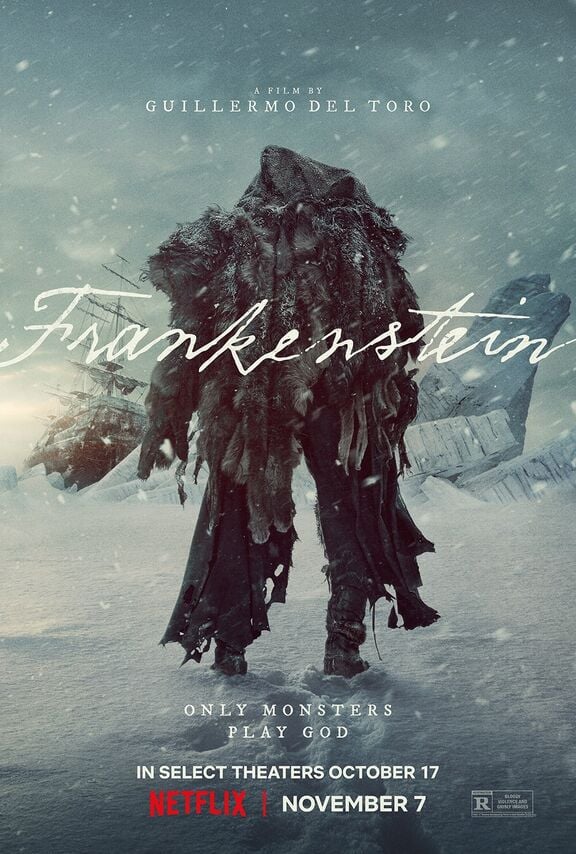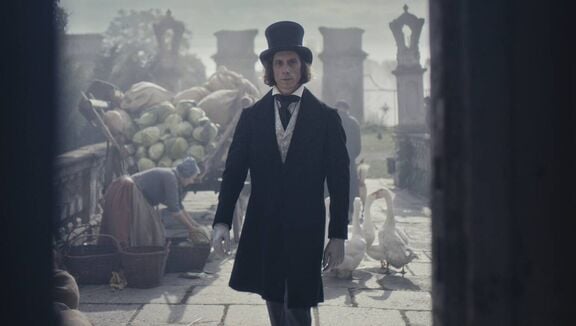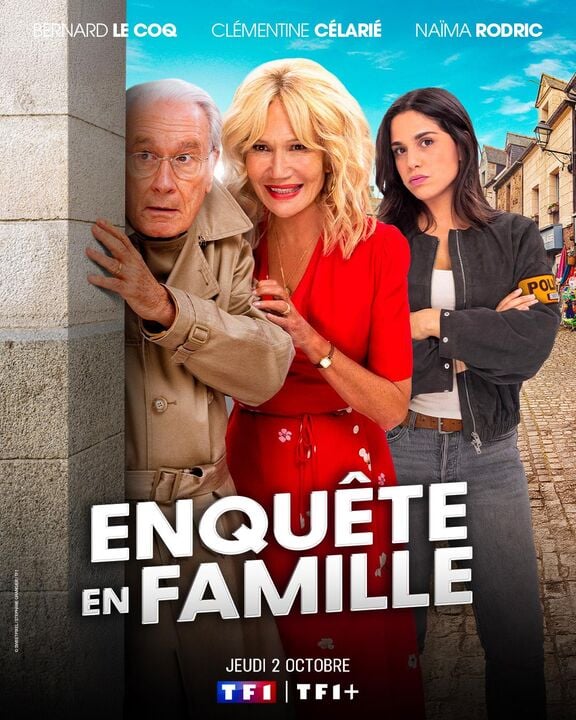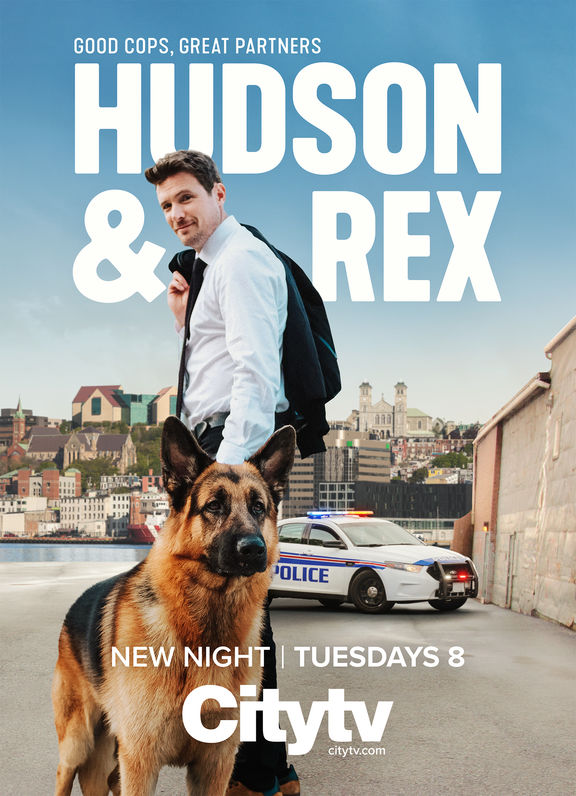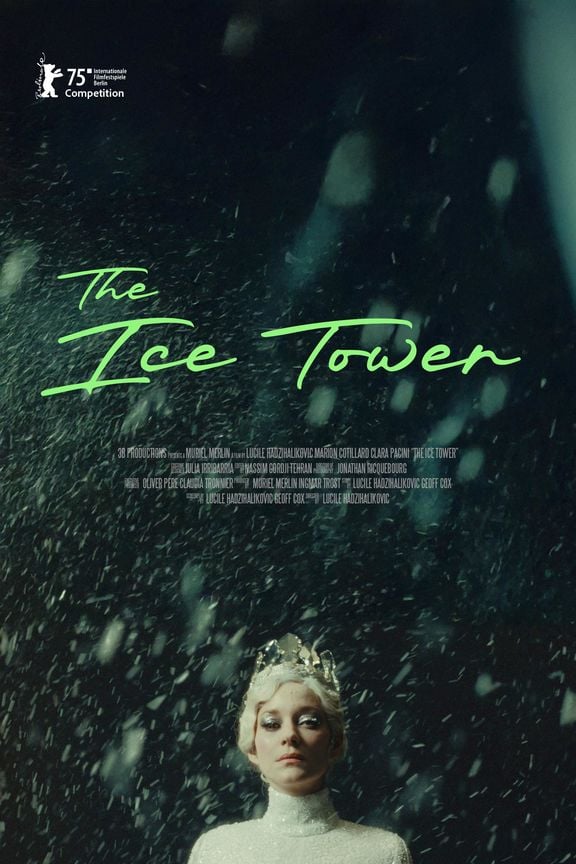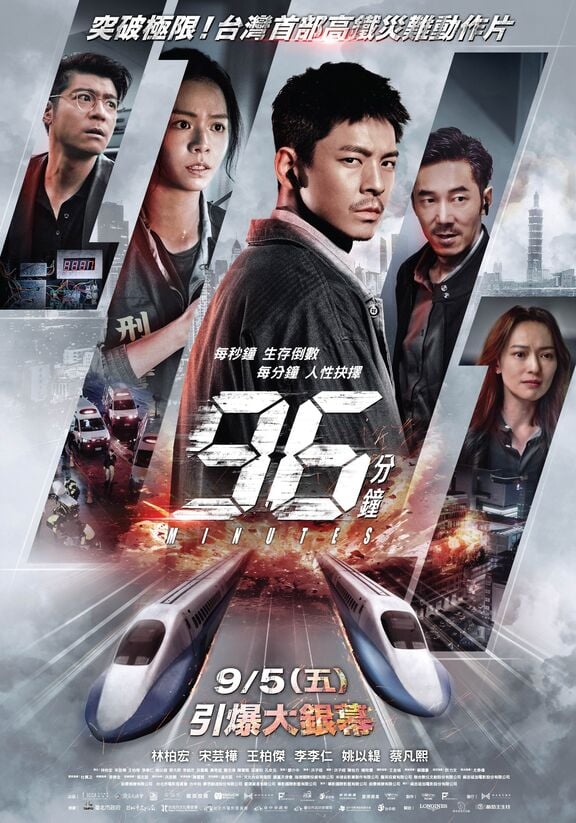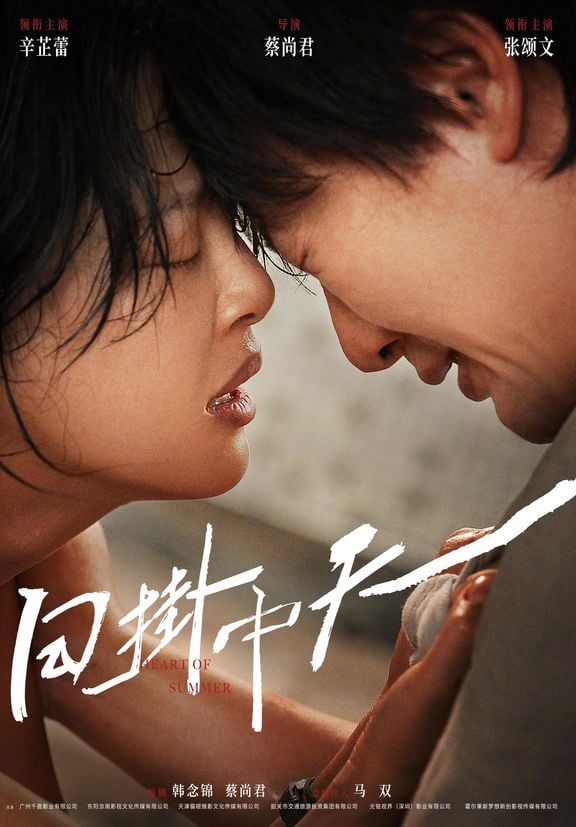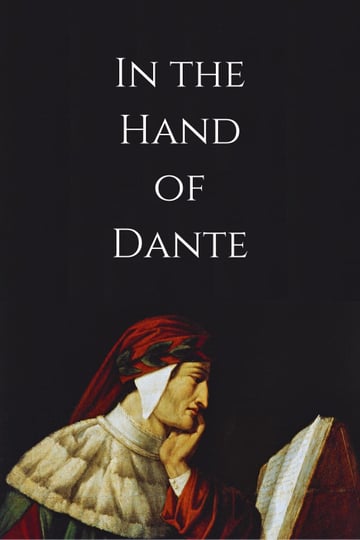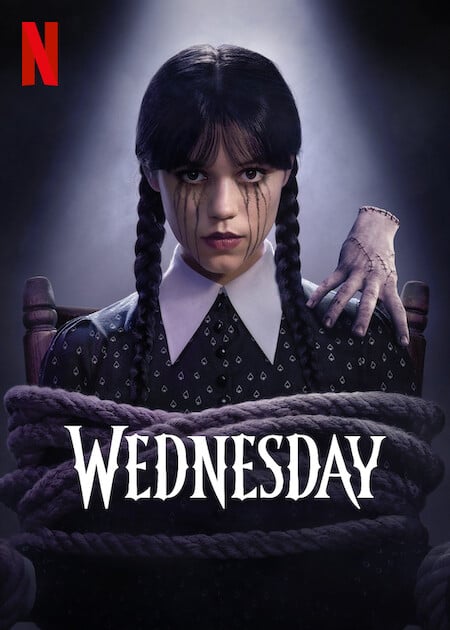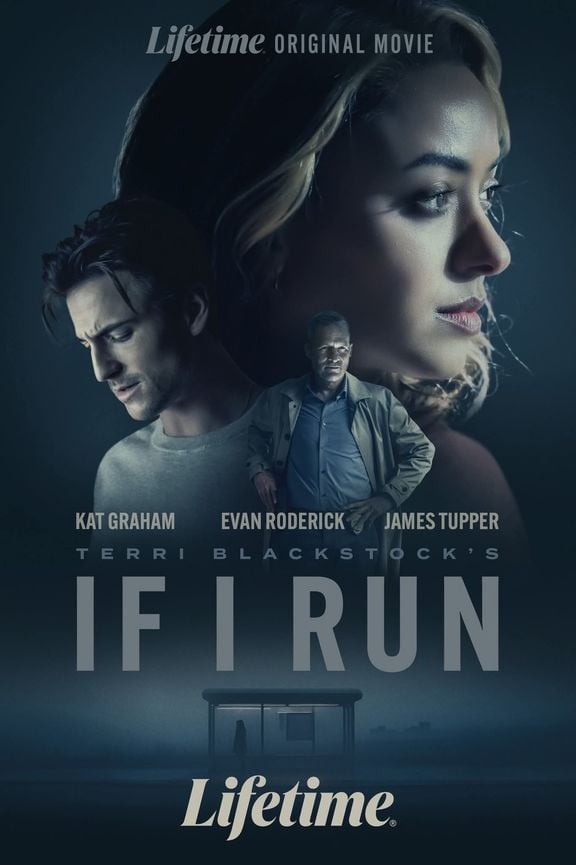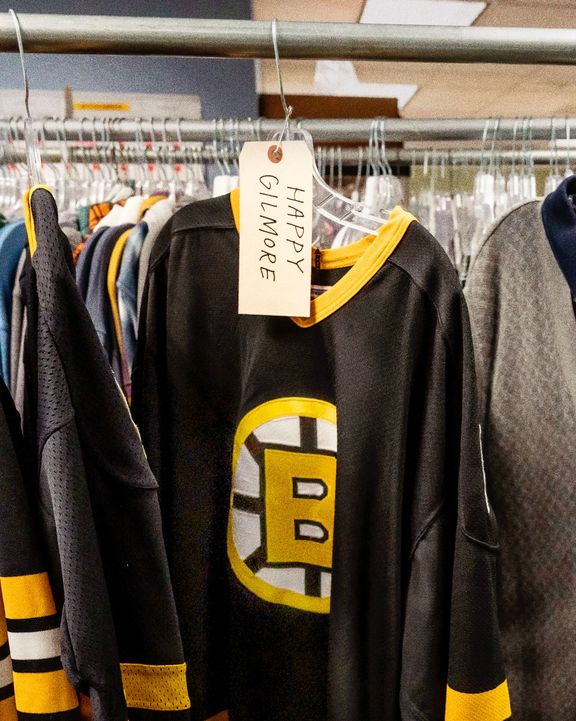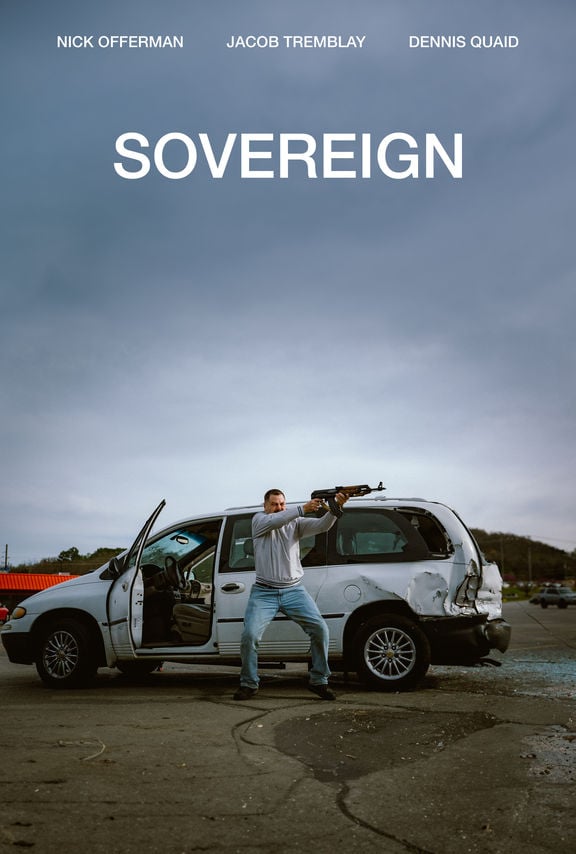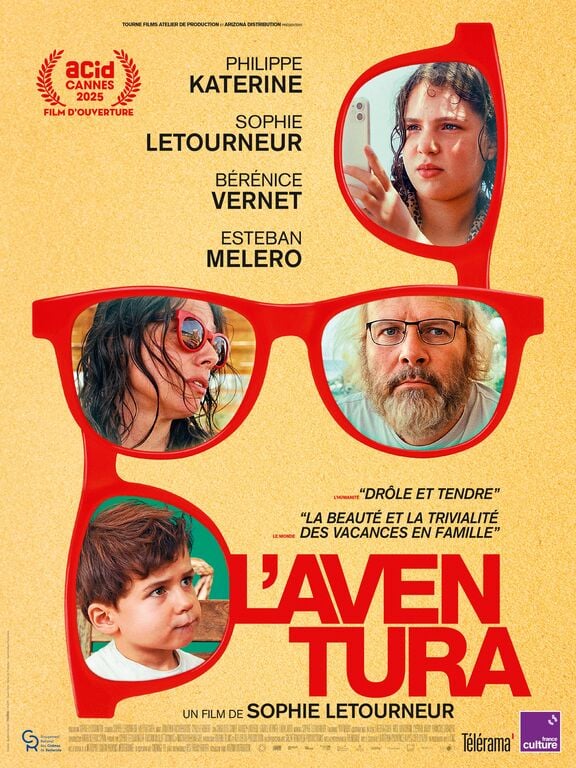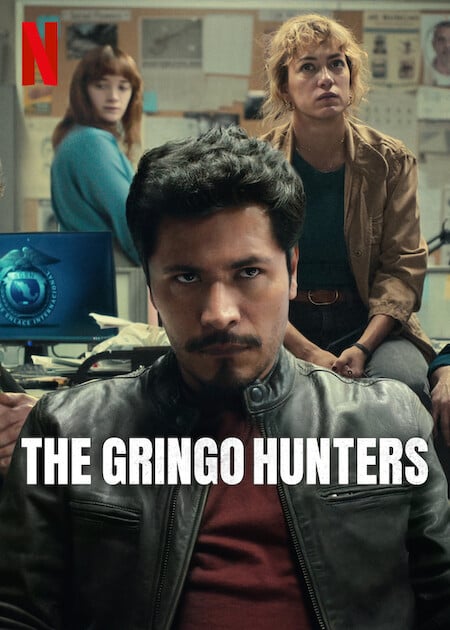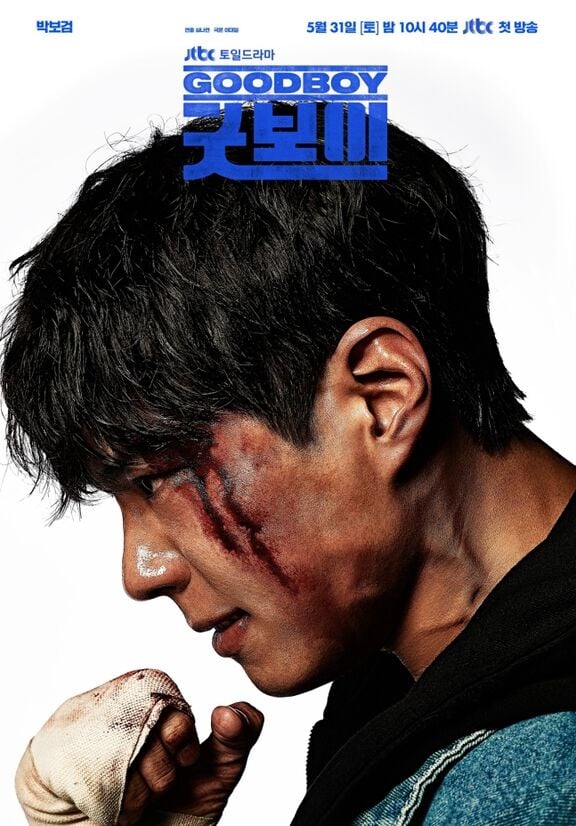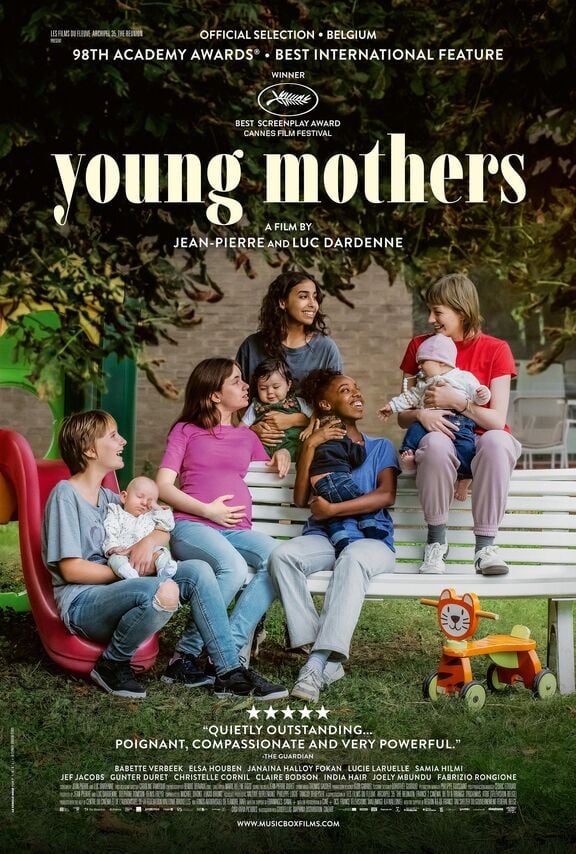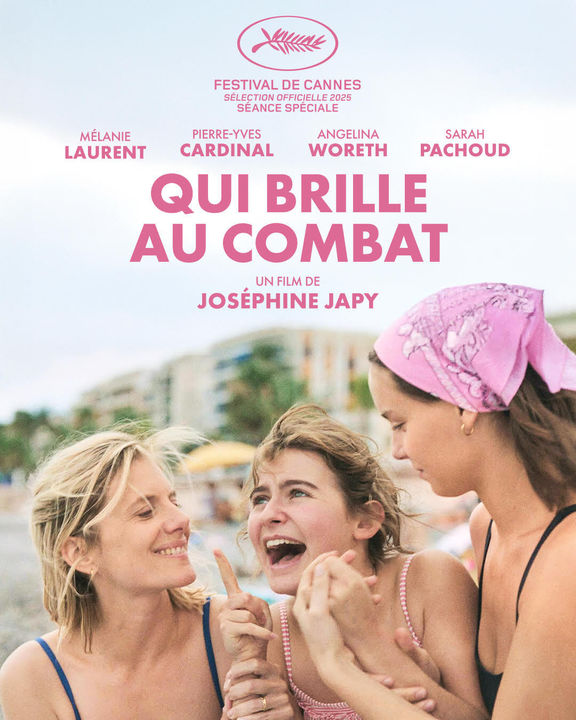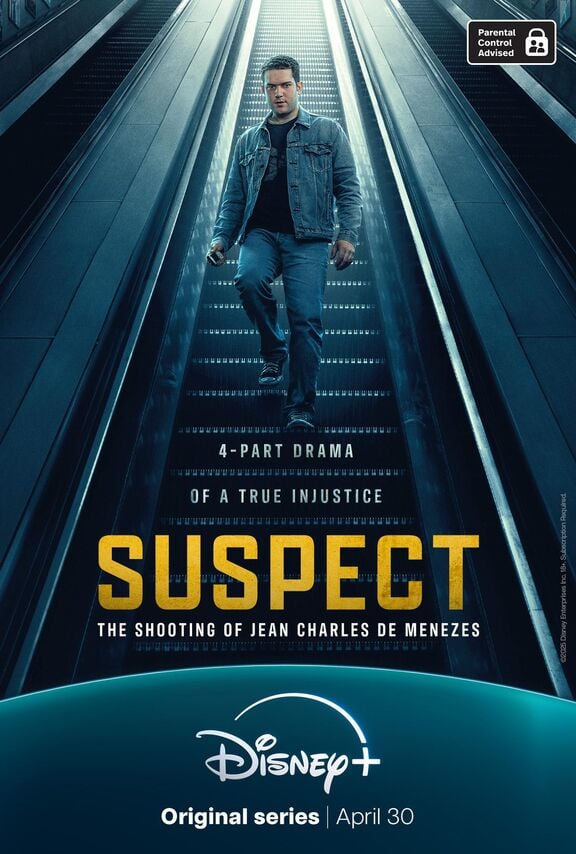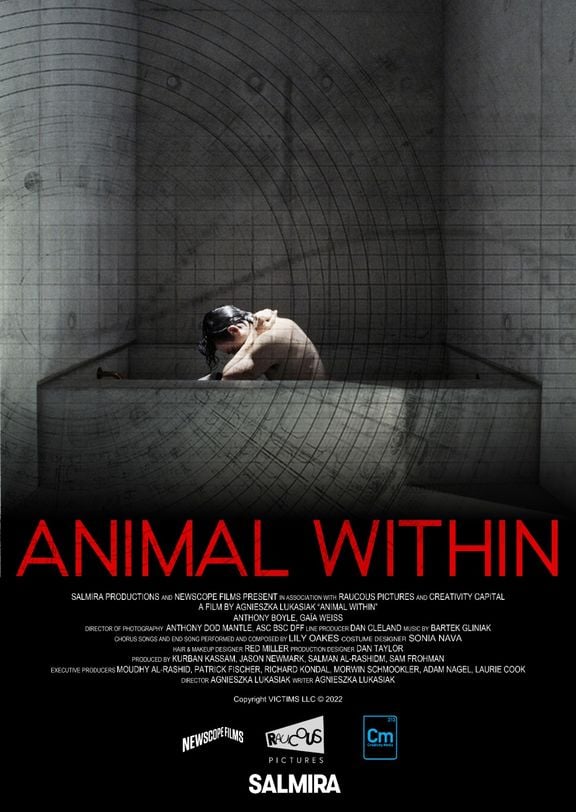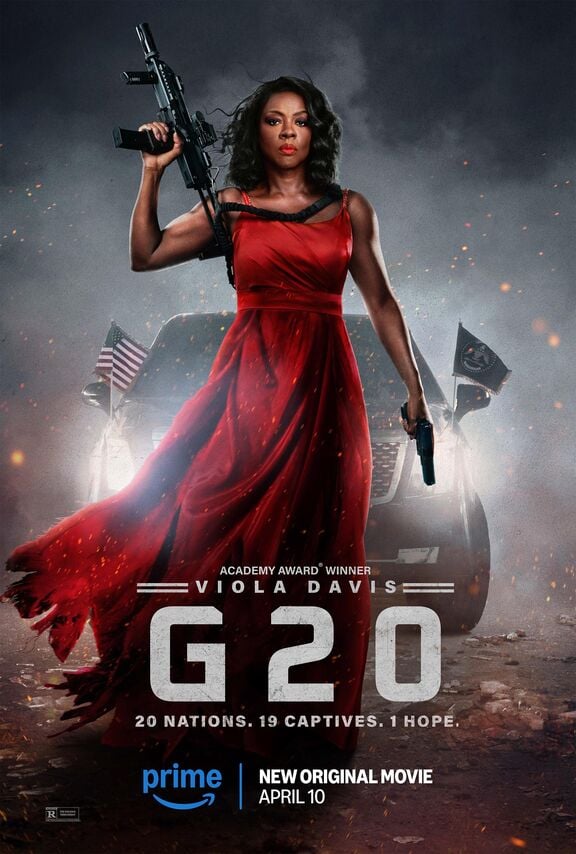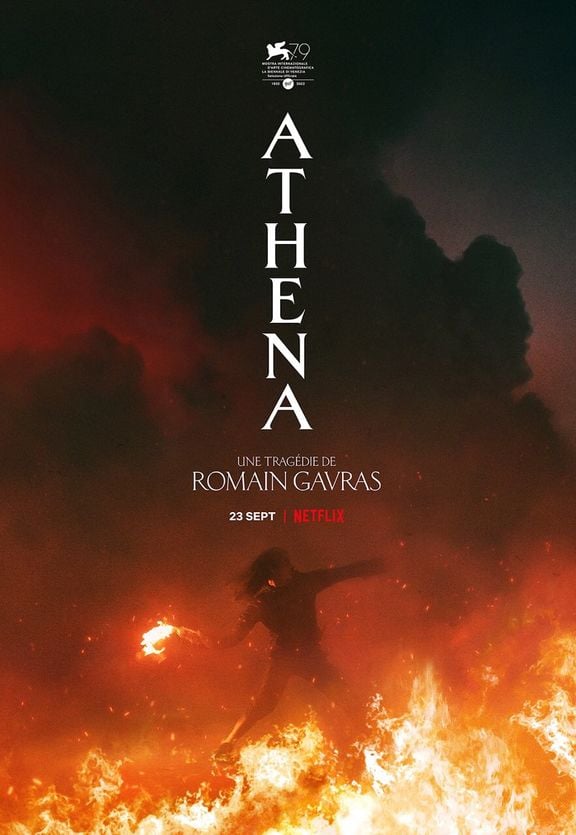
Athena
2022 | movie
DoP Matias Boucard
Director Romain Gavras
Leitz lens THALIA 65
Camera ARRI Alexa 65
Production Companies Iconoclast Films | Lyly Films
Distribution Netflix
Award Nominations 2022 Venice Film Festival
Awards 2022 Venice Film Festival: Area CinemaGiovanni Award, UNICEF Award
Country France
MATIAS BOUCARD, ROMAIN GAVRAS, JOINING FORCES
Summer day 2022, hardly anyone on Parc aux Lièvres Square in Evry.
These projects were supposed to be pulled down 5 years ago already, and the residents are leaving progressively. Some satellite dishes and bicycles on the balconies are signs that some indomitable locals persist, though they will soon be dispelled by bulldozers.
In Ancient Greece, the city - polis (!) - was an independent community of free, autonomous citizens who’d come together according to their cults and were governed by a set of laws. The pinnacle of Western democracies has now become ‘cité’ in French, a peculiar twist in the meaning as it refers to an area away from the city center, often inhabited by young and poor people of foreign extraction. They cherish their neighborhood, they are proud to be from there, and devastated to leave.
Built high-atop a road and a parking lot, Parc aux Lièvres Square is a fortress, a haven for 380 apartments, divided into several towers including the famous block 7, the birthplace of 7 rappers, among whom legend Koba la D.
You can only access it through two narrow staircases, making the square a sort of 21st century fort, pretty much unassailable should an enemy come near.
The perfect setting for Romain Gavras’ film about an evening and a night during which chaos descends upon the projects. A love story between two brothers, and the violent fight between youths and police that ensues after one of them dies.
In a few hours, the projects are set ablaze and war breaks out.
First, Romain Gavras gave a code name to his film: RG03, not much of a mystery - Romain Gavras’ 3rd film - and War, a simple, time-honored name. But really, the film was already called Athena, the name of a Greek goddess - the goddess of wisdom and battle strategy - under whose auspices the film was set.
For this film, Athena, Romain Gavras could have referred to other war films, Sam Mendes’ 1917, which in a single sequence shot - that lasts for more than two hours and unfolds in real time - tells the perilous journey of two British soldiers ordered to cross enemy lines to save a battalion. Actually, Romain Gavras wanted to lace several sequence shots that would each follow one of the protagonists, to make viewers change perspective every time.
Quite the director’s challenge given how difficult it is to shoot Parc aux Lièvres Square; its walkways, terraces, stairs, and the mess of narrow corridors that lead to that huge square boggle the mind as we peruse from a distance.
Long story short, he wanted to direct a breathtaking film that would also be a technical feat.
Even more pressingly than for any other film, Romain Gavras was looking for an ally, a brother in arms who’d also be a talented partner, and an expert both as a technician and a team leader, since the shoot promised to be exact and exacting. The name of director of photography Matias Boucard became self-evident. This was their first collaboration.
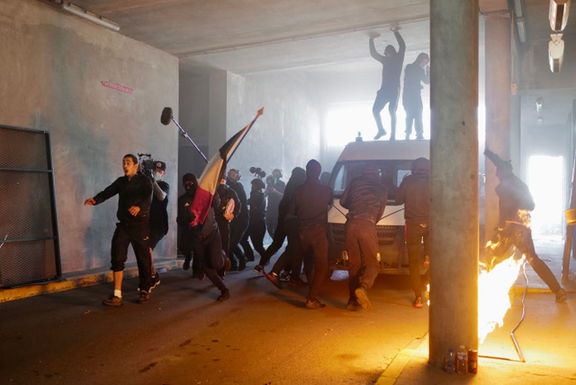
“We didn’t know how to make this movie, and we don’t know how we managed to do it.”
To make a two-hour film which the audience feels is composed of long real-time sequence shots, you need to cut them into shorter sequences that will later perfectly tie in with one another.
Then, Romain Gavras told the production company he’d like to shoot the film from start to finish a first time with a pared-down crew, on the Parc des Lièvres Square, with the actors and some extras, so as to test - as a craftsman - how the sequences would work together and find the transitions between them.
Cut to April 2021: four weeks to film this prototype of the film, closer to a run-through of a play than a life-size rehearsal.
Every day, as soon as a shot - first devised by Romain Gavras, imagined and shot by Matias Boucard - was accepted, a technical report was made of it, consisting of a floorplan and a thorough description of each and every item (setting, props, costume and make-up). This report would be used by the other crew members to prepare for the shooting of the film when hundreds of extras would flood the stage to embody youths or police officers
Romain Gavras and Matias Boucard had the intuition that, to be anything at all, the film had to be a collective endeavor. Everyone joined forces. That’s what it was about, and it is also the ethos of the film.
The camera crew would be made of duos, much like the duo of Mathias Boucard and Romain Gavras.
The 1st AC, the focus puller, was Lara Perrotte. She worked hand in hand with the 2nd AC, Damien Conti, who was in charge of the aperture, the zoom and exposure of the image.
Each of the 50 days of filming was a physical feat because the camera was pretty much always moving. Latching on to the action, they ran by the camera, climbing up and down stairs, jumping on motorbikes and quads dozens of times a day, all the while implementing the minute changes the focus required, on the aperture and the zooms. “Every day was a victory. Each and every sequence was an accomplishment.”
In the wings, in the black tent where Romain Gavras and Matias Boucard watched the live feed on the monitor, another duo: the DIT and data manager.
They processed the files, calibrating the sequences as they were being shot and mixing the different frames to test, in real time, if the transitions between shots worked and felt like it was all a single sequence shot.
Since the film is shot chronologically, almost every evening Romain Gavras and Matias Boucard assessed the continuity of the film with a daily screening. On the odd days when - despite the fact the whole crew, all the actors and hundreds of extras were there - only repetitions were scheduled and nothing was shot, there was no screening.
We must take stock of what such a process, such minutiae and quest for perfection, implies given the fact that a rough copy of the film was ALREADY rehearsed and shot over four weeks.
Legendary filmmaker Stanley Kubrick, whose 18-month long shoot of Eyes Wide Shut is the longest ever recorded for an intimate film in the history of cinema, could rehearse a take a hundred times; he said: “You must deserve each scene, each image, each moment.” Roger that.
Two operators were the last duo of the camera department on whose shoulders Athena rested, both literally and metaphorically. Amid the havoc, as the dogs of war had been let loose in the ‘cité’, Aymeric Colas and Myron Mance each captured frames that Mathias Boucard and Romain Gavras had designed with utter precision - not a single pixel was remained unaccounted for. Myron Mance is from South Africa; this was his first feature. Mathias wasn’t that bothered, since he was looking for crew members who were not “set in their ways”. And handling his camera with nothing but his upper body strength and a Movi Pro camera support system, he delved into the fray and asked questions later. A bolt of raw energy that Lara Perrotte, the 1st AC, saw as a “bull and Aymeric Colas as a cheetah”.
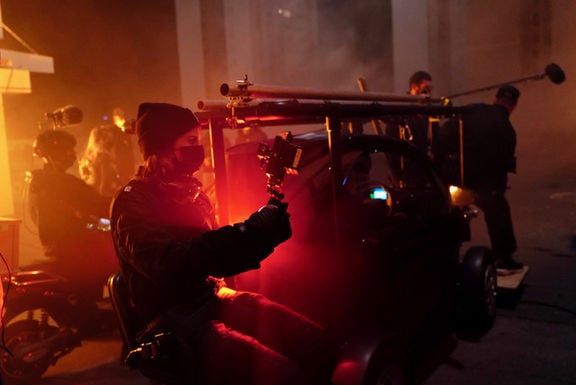
A Steadicam is a camera stabilizing system that often precedes the actors, and therefore is held in reverse of the movement; it allows for precise movements and little more inertia than hand-held cameras. A Steadicam can be used anywhere, including stairs, and the camera won’t move, but it cannot be used in cars of motorcycles because of its bulk.
The Steadicam operator, Aymeric Colas, was calm and collected as he started working on the film: “I have fifteen years’ experience, I don’t do pressure. I trust myself.” That’s all well and good until his subconscious - or rather his ankle - gave way on the last week of rehearsal, a few days before the first day of shooting.
Myron Mance started as the only camera operator while Aymeric Colas learned how to bandage his ankle and trained climbing up and down the stairs.
Indeed, a few days before the film started, everyone started suffering from psychosomatic disorders - back issues, vertigo, etc. - despite de fact that all the heads of departments trained rigorously specifically for that shoot.
The director, Romain Gavras, practised boxing for months as an obvious metaphor for what lied ahead. Matias Boucard fought with the coach who trains the French Karaté team, Lara Perrotte prepared with a mental training coach and Aymeric Colas went to the gym every day, even during the film shoot after an intense day at work.
That much was needed to hold on.
Indeed, the director of photography had chosen an Alexa 65 camera by Arri as the main camera; with its three sensors, this large, high-performance digital camera - of which there are only 70 worldwide -is very heavy, almost 40 pounds with its lens and accessories.
Aymeric Colas had to carry it for 4 minutes straight, not only for rehearsals and takes, but for the whole day.
An achievement as an athlete and a dancer, since he had to forget the work to highlight nothing but the movement of the frame.
Romain Gavras and Mathias Boucard wanted the film to be “an opera, a timeless tragedy with breath, strength and beauty, not a short-lens film about the hood”.
According to the scenes and the settings that were chosen, there was also a smaller camera, an Alexa Mini LF by Arri, a zoom, and two sets of lenses, including a short lens - Leitz THALIA 30 mm - used to shoot the outdoor sequences. Lièvres Square has impressive, elegantly vertical towers and since it’s elevated, the horizon is always in sight, and perfectly horizontal, as it should be. Thus, the 30mm lens did them both justice and brought softness to the picture.
Gently, unnoticeably, the film shifts from day to night as the war is about to ravage the square. The sky turns navy blue, streetlights are turned on and the little windows in the towers shine, one after the other.
The evening has come, that extremely difficult moment to capture for a director of photography, this the master of the light. In French, this specific moment is called entre chien et loup [between dog and wolf]because day is like a trained dog and night a wolf that won’t be disciplined.
And, indeed, turmoil stirs as darkness settles. To capture these confrontations, Matias Boucard decided not to shoot with a wide-open lens so as to not have a blurred backdrop, and to see the action more clearly. He wanted grand cinematography, and a rendering that was “matt and not too bright”. “I want to make something that stays” but his camera must still shoot 360°. To do that, he hid projectors above the towers and relied on streetlights, the warm glows of the explosions, that of trashcan fires and white smoke to bring depth to it all.
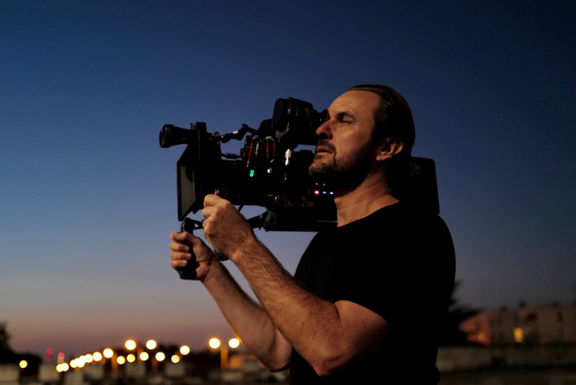
This reenactment of that confrontation between youths and police officers looked so real, that a bystander who’d wandered through Parc aux Lièvres Square on a fall evening in 2021 would have had the peculiar sensation that he could die on that night, and that he had to get out of dodge.
So much so that, at the beginning of the shoot, county and city hall officials came, as they were rather worried of the backlash such an event could cause; indeed, feelings could quite possibly have spread. They left the premises relieved as they saw that it was all happening as well as one could hope for and that everyone was fulfilling their duties.
Romain Gavras and the production team had been smart enough to separate the two groups, the youths and the officers, and to hide an AD in each group to organize and supervise the assaults.
Evidently, each and every extra really wanted to have it out with the opponents - for widely different reasons, naturally - and the film benefitted from everyone’s aggressiveness and hostility. However, the crew said, “that unbelievable experience reconnected us all to these neighborhoods.”
Netflix reps - the company is the main producer with Inconoclast - had also come to absorb some of the atmosphere on set. They had loved the rushes and were very confident, thoroughly impressed by the shooting process and by that twice-behatted director with a bucket hat under his hoodie, ensconced in his duffle coat, whose eyes, as they shone in the half-light, seemed fueled by a stroke of genius that the white smoke of his ever-lit cigarette could never conceal.
The best testimony comes from his camera department, with the earnestness anonymity allows: “Romain Gavras. Infectious, really something”. “He’s got an aura, he’s somewhat animalistic, gentle and calm, which makes him intriguing and makes us respect him”. “He’s a striking figure, kind, talented, and he never throws a tantrum.”
“This film is important for each and every person who took part in it.” “A capital film”. “I felt I was making an extraordinary film.” “It was such a shock, getting back to real life was like falling back from dizzying heights.” “It was difficult to work afterwards, it’s a film of a lifetime.” “It’s my twentieth film, I had been waiting for it my whole life.”
And the last words go to Matias Boucard: “This film moves me. I see a slice of my life that consists of excellence and brotherhood”.
Joining forces.
By Ariane Damain Vergallo
Interviews of Matias Boucard (DOP), Lara Perrotte (1st AC), Aylmeric Colas (Steadicam operator), Damien Conti (2nd AC), Dimitri Sorel (Data Manager) and Jordane Lassalle (DIT).
Translation by Aurore Kahan
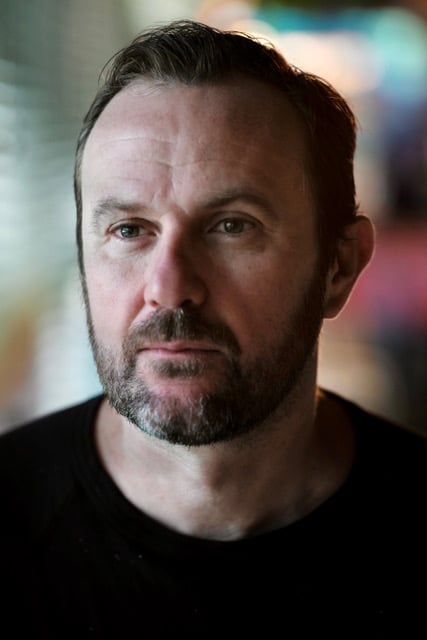
Overview
DoP Matias Boucard
Lens used
THALIA 65
Legacy
Crafted to shape great stories. One set of simply exceptional lenses for unlimited scope.
